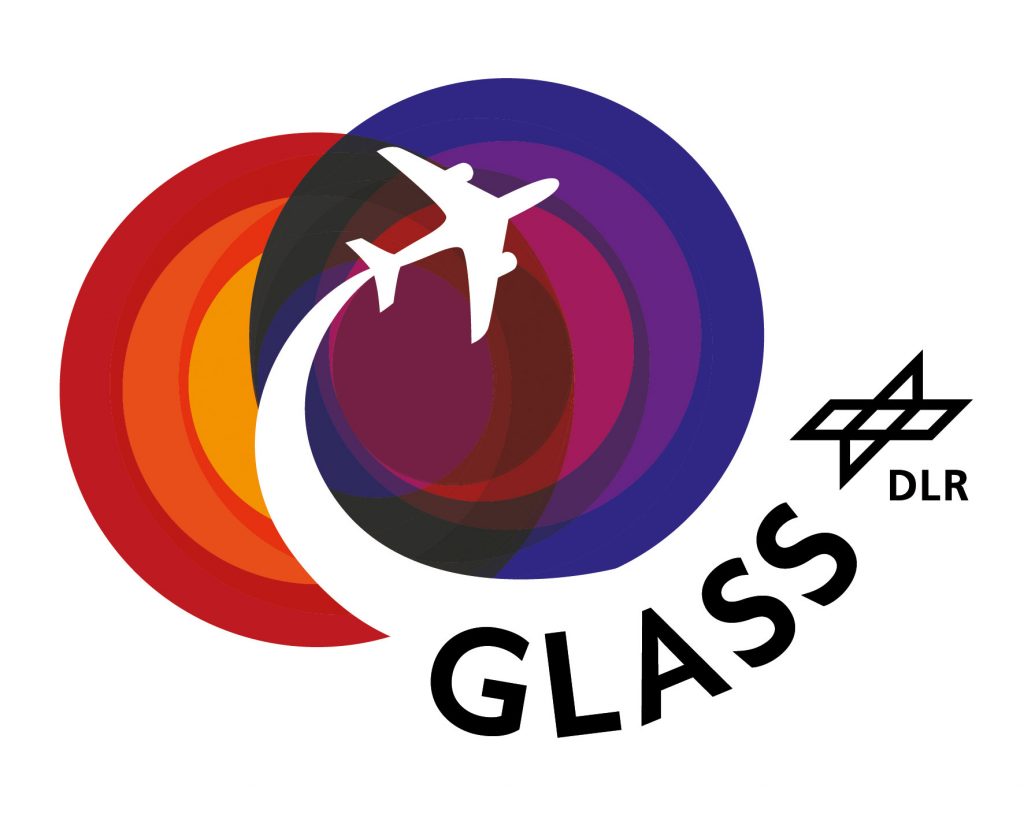GLS approaches based on SBAS
Technology demonstration – satellite-based landing system
At present, automated landings can only be performed using precision guidance systems, such as ILS, MLS or GLS (GBAS landing system). Common to all these systems is the fact that the guidance signals are routed directly from the receiver to the autopilot. The autopilot then takes control of the aircraft for landing.
For ground-based GLS, a ground station transmits correction data for the individual satellite signals. The ground station also transmits approach information, such as threshold coordinates, direction and descent angle. The receiver then uses this data to calculate flight procedures and transmits these directly to the autopilot.
A satellite-based system (SBAS) also transmits corrections to the user. Unlike GLS, however, the data is transmitted via a geostationary satellite. The approach information data is stored in the Flight Management System (FMS) database. Flight procedures are calculated by the FMS and forwarded to the autopilot. Although automated landings can now be performed by appropriately-equipped aircraft using a precision landing system such as ILS, MLS or GLS, these systems do not permit automated landing guided by the FMS. This would require a costly certifcation of the autoland system.
The proposed solution is intended to combine the benefts of both augmentation systems. The SBAS data is converted into GLS-compatible structures and sent to the receiver with the approach data. This can now transmit flight procedures directly to the autopilot and automated landings are possible.
GLASS is a cost-effective system that enables even smaller airfelds to provide landing systems for automated landing.
German Aerospace Center (DLR)
Thomas Ludwig · E-Mail: thomas.ludwig@dlr.de · DLR.de/en
